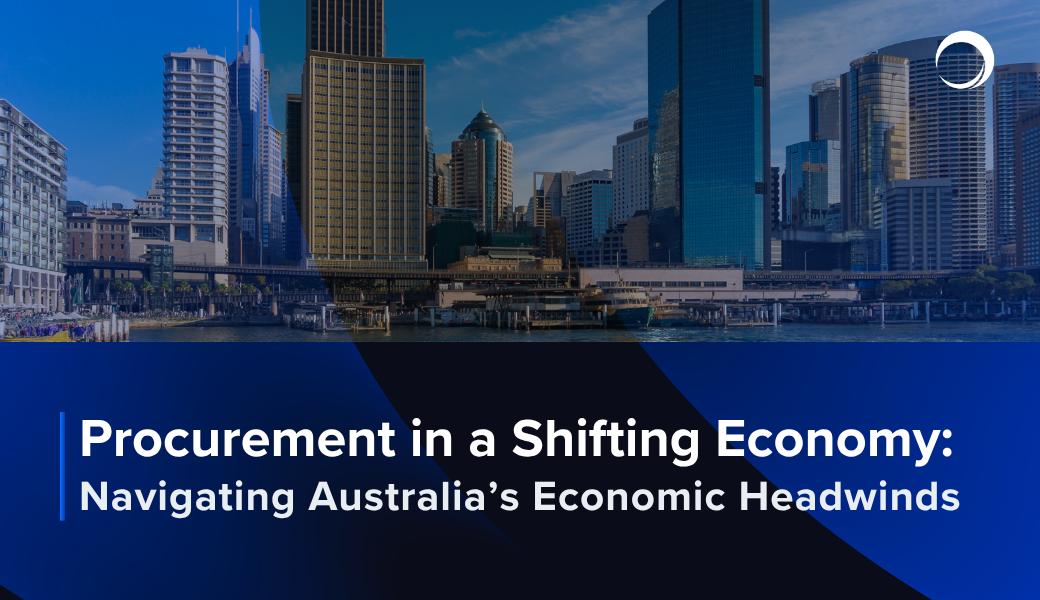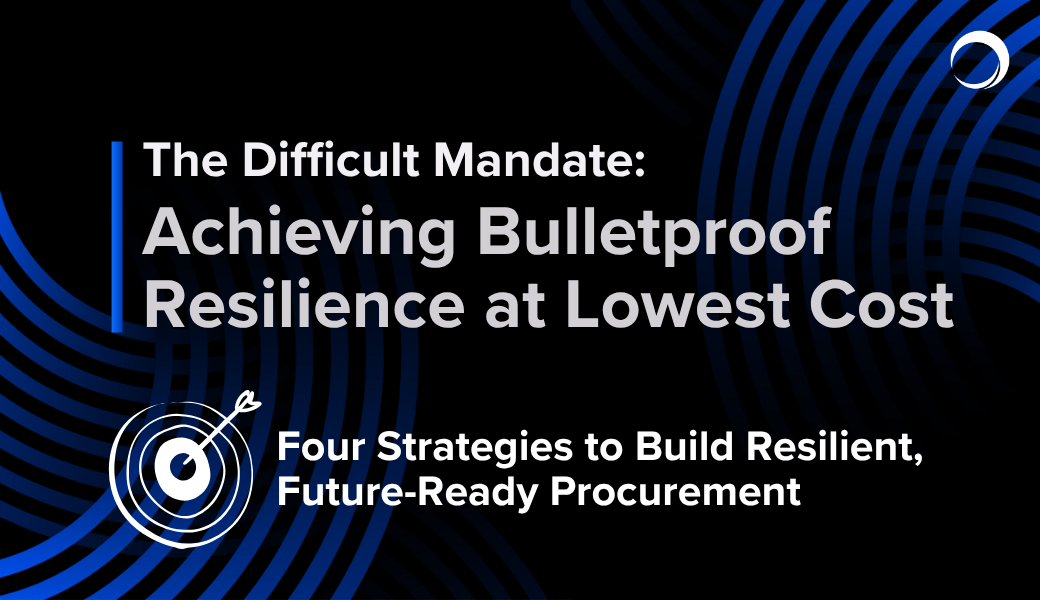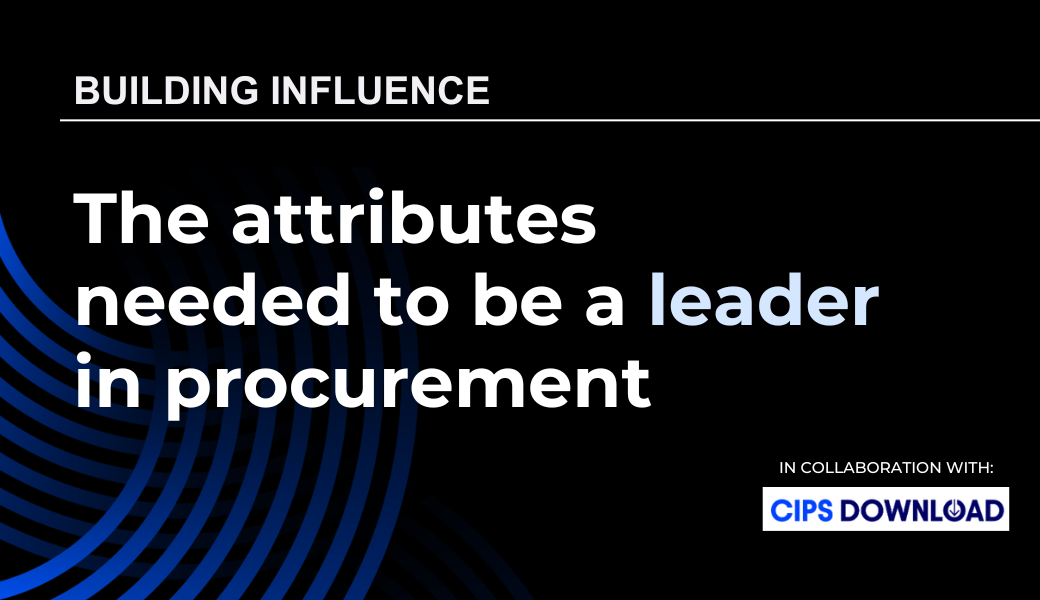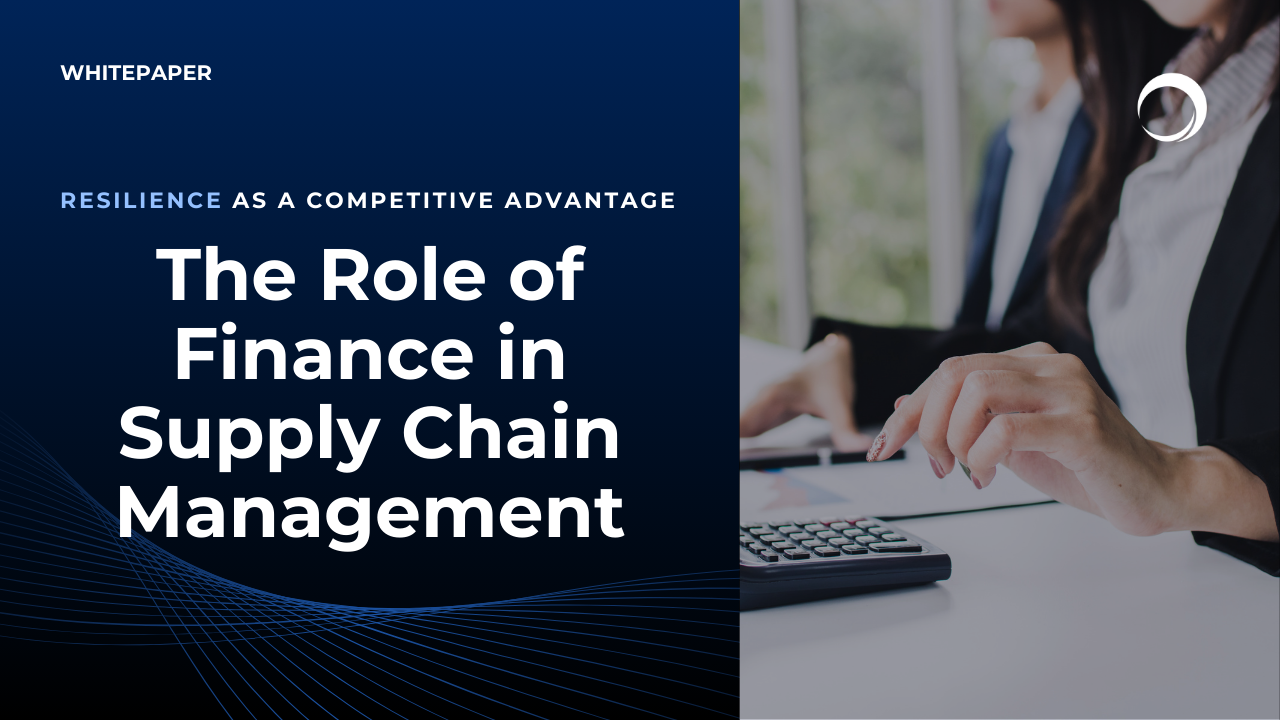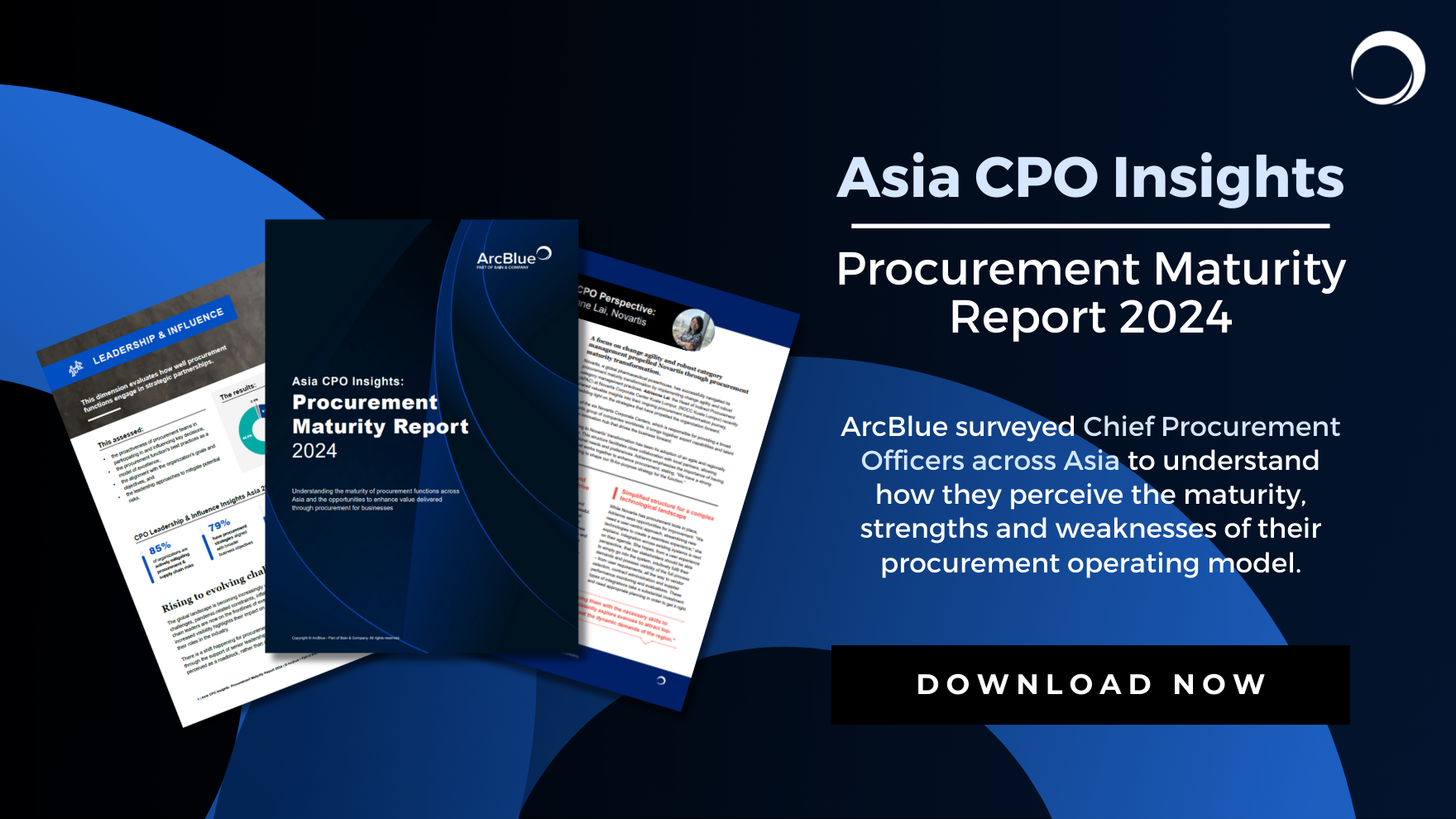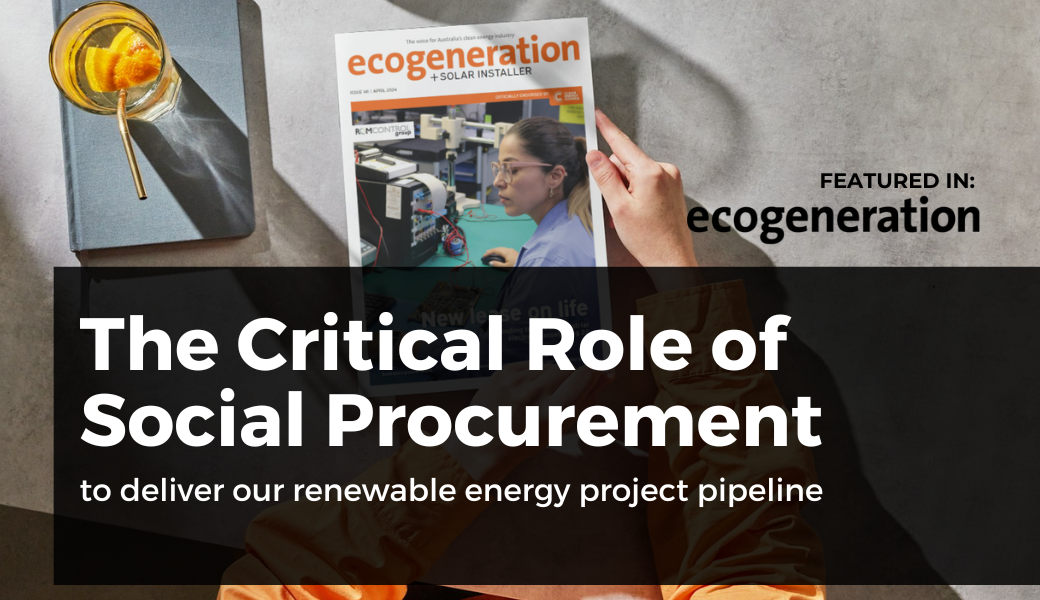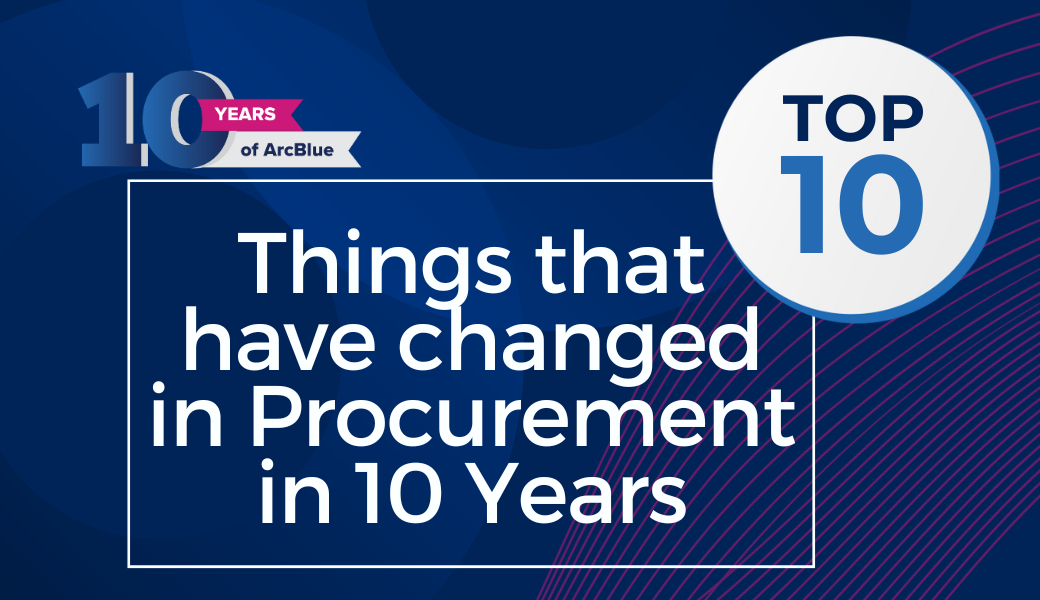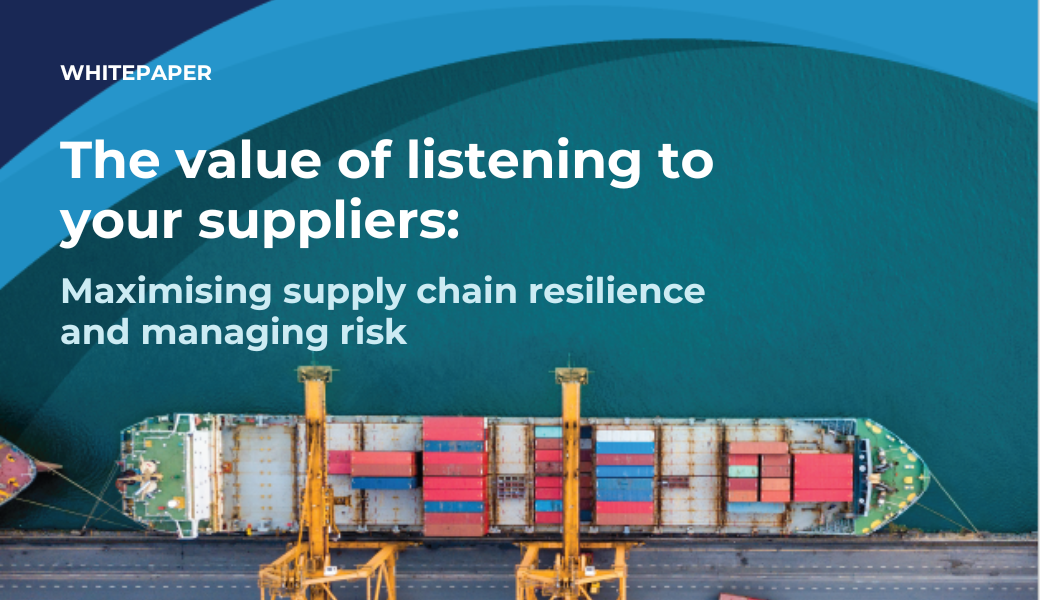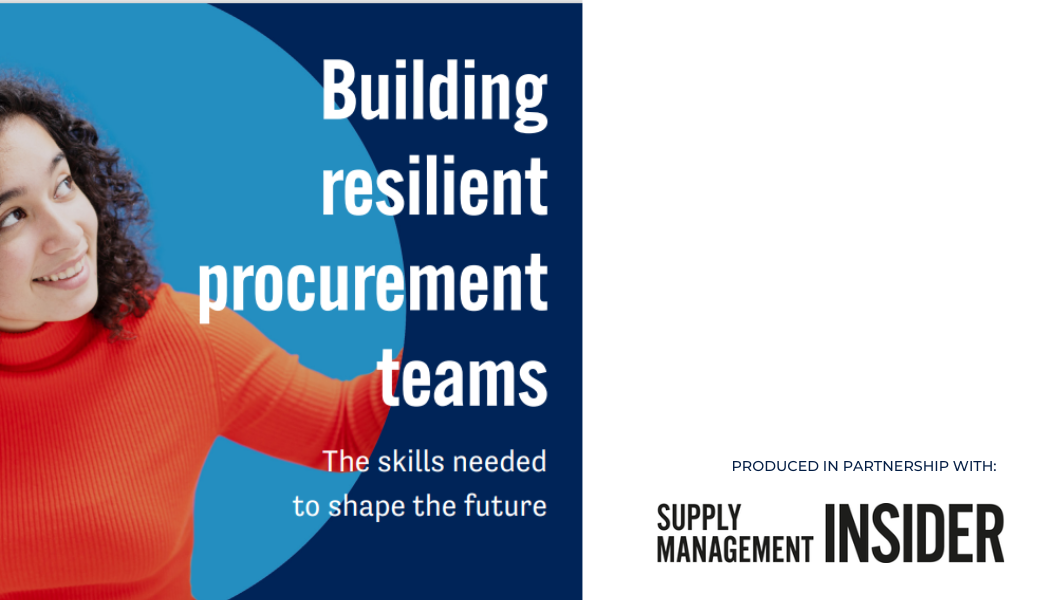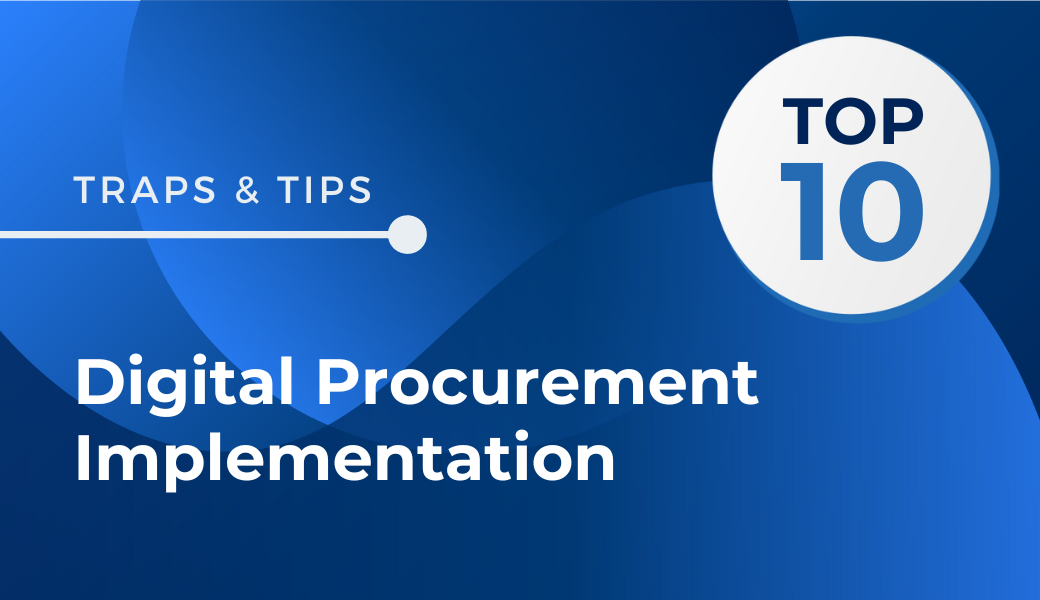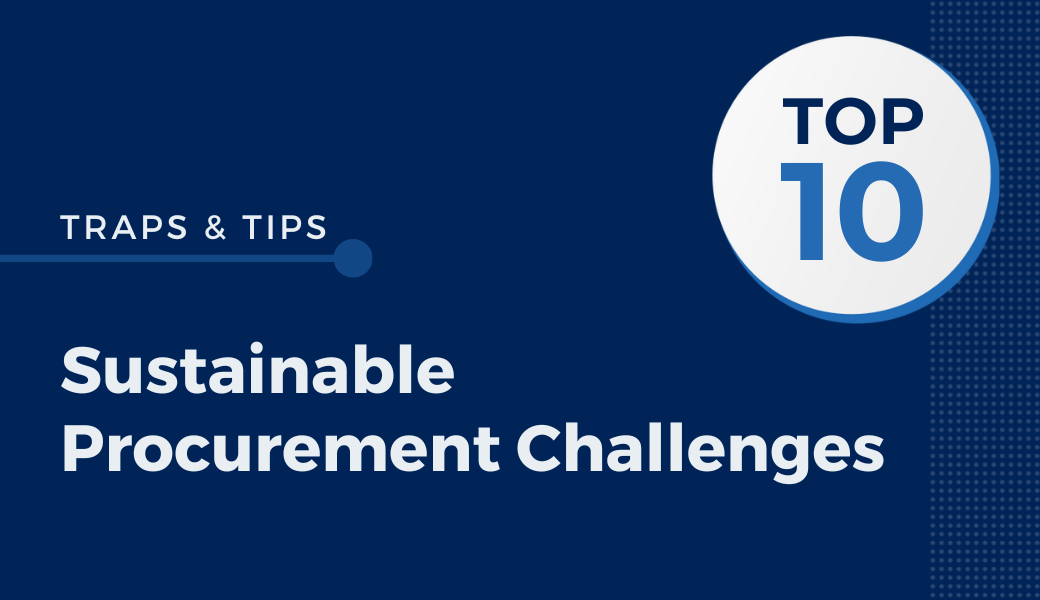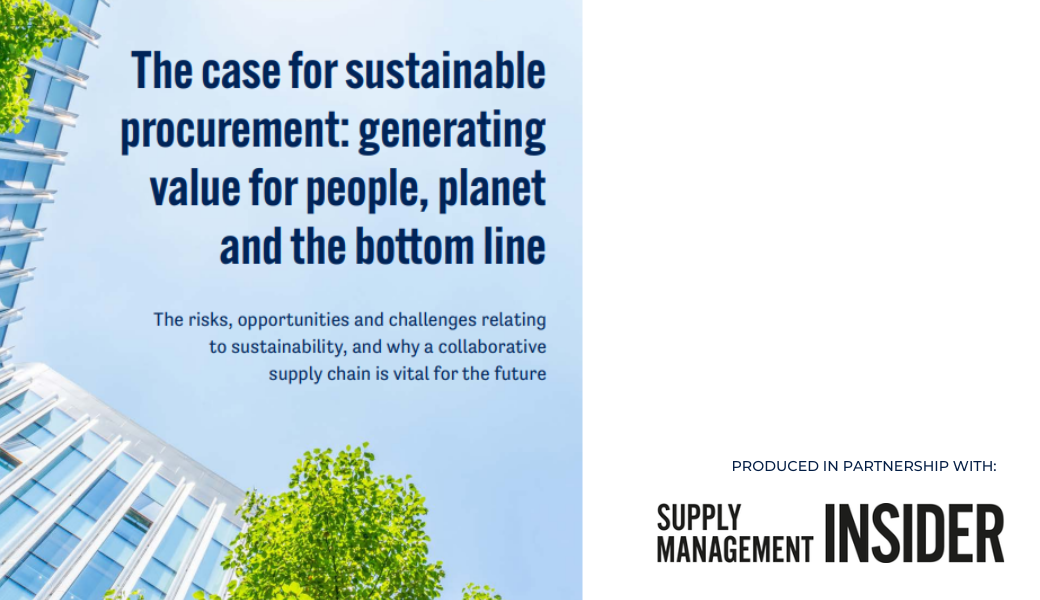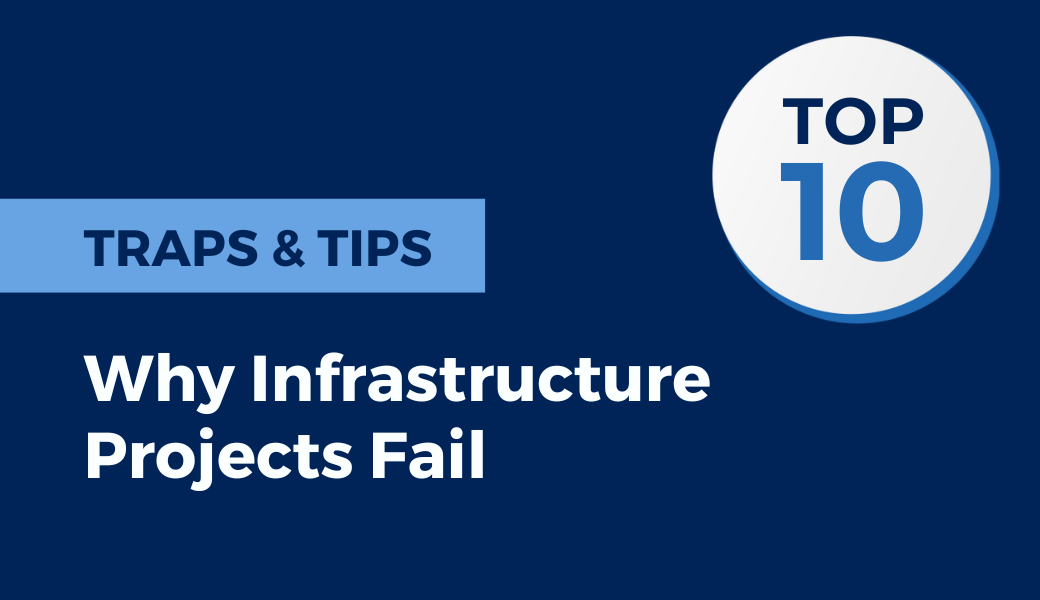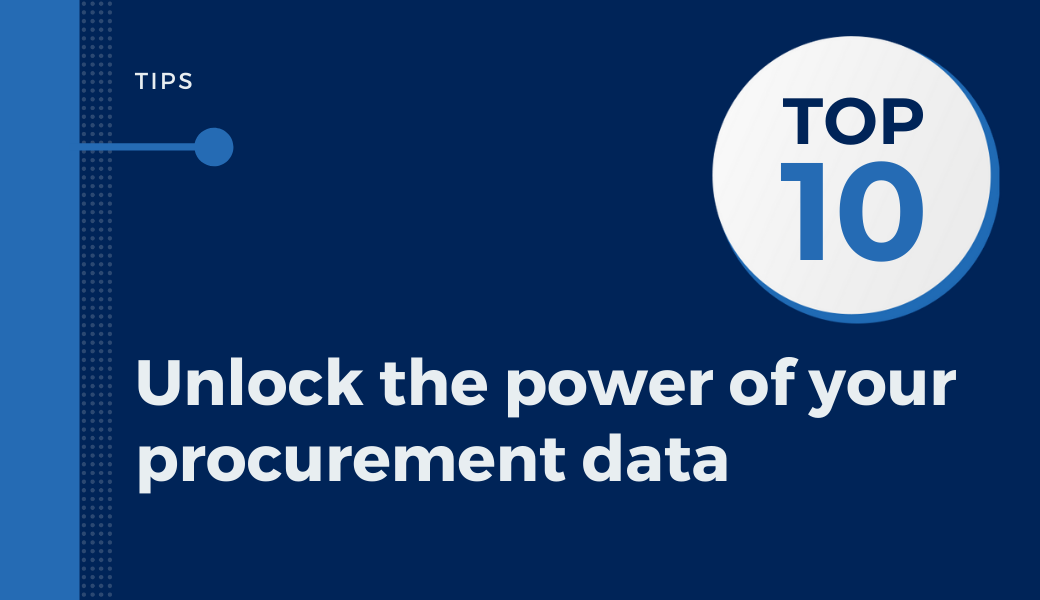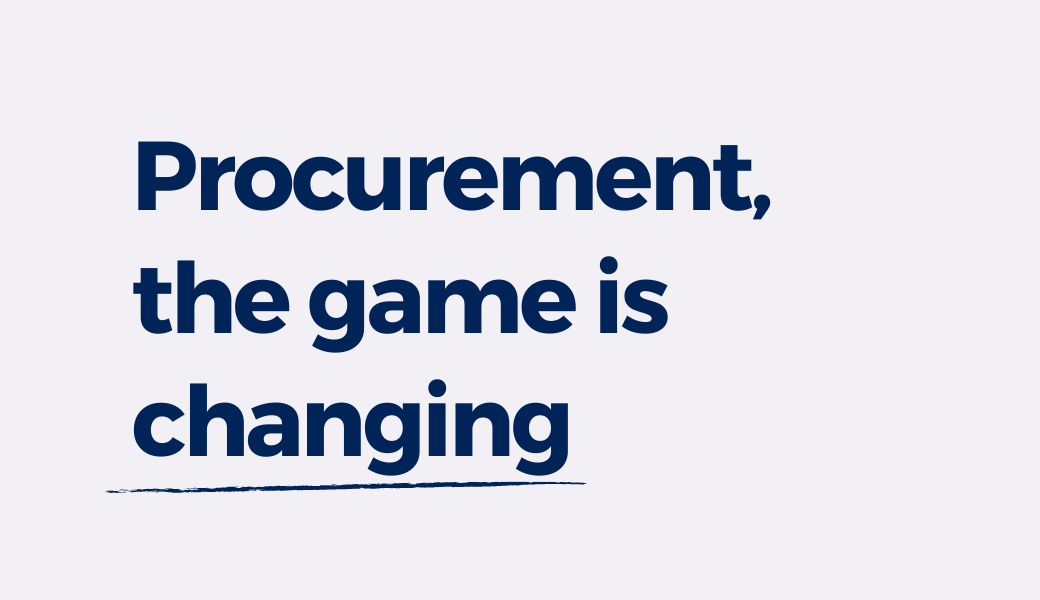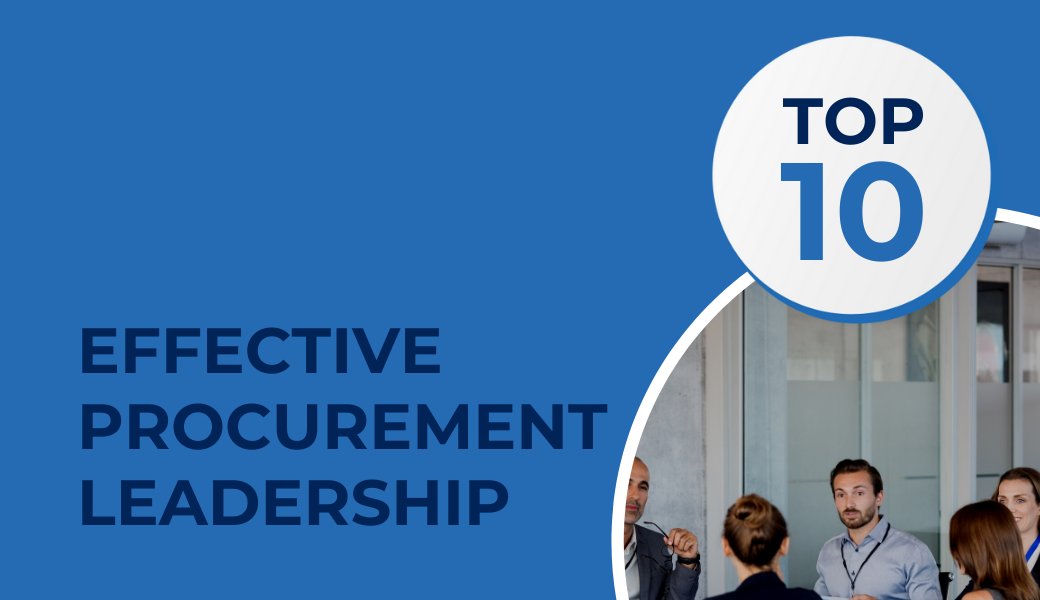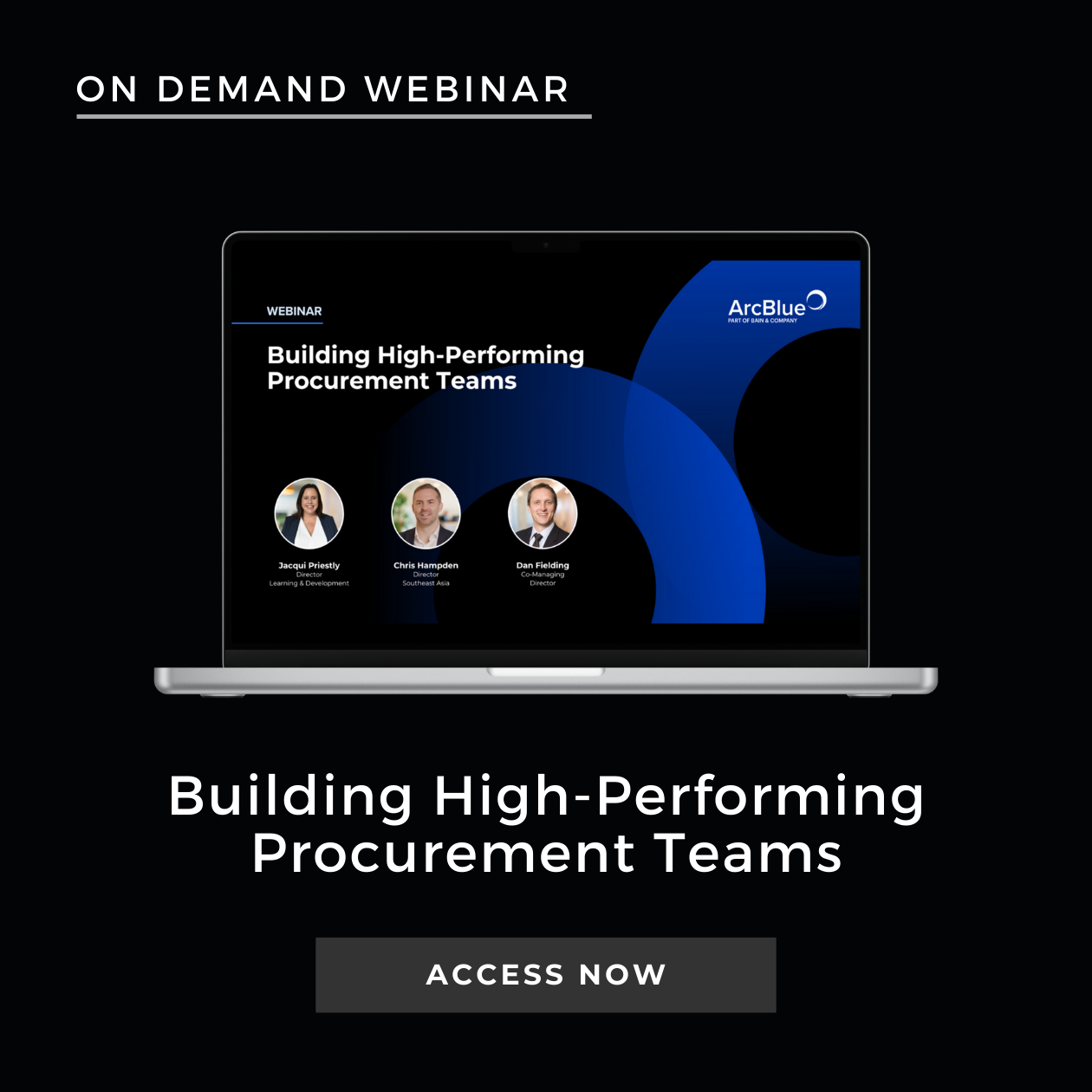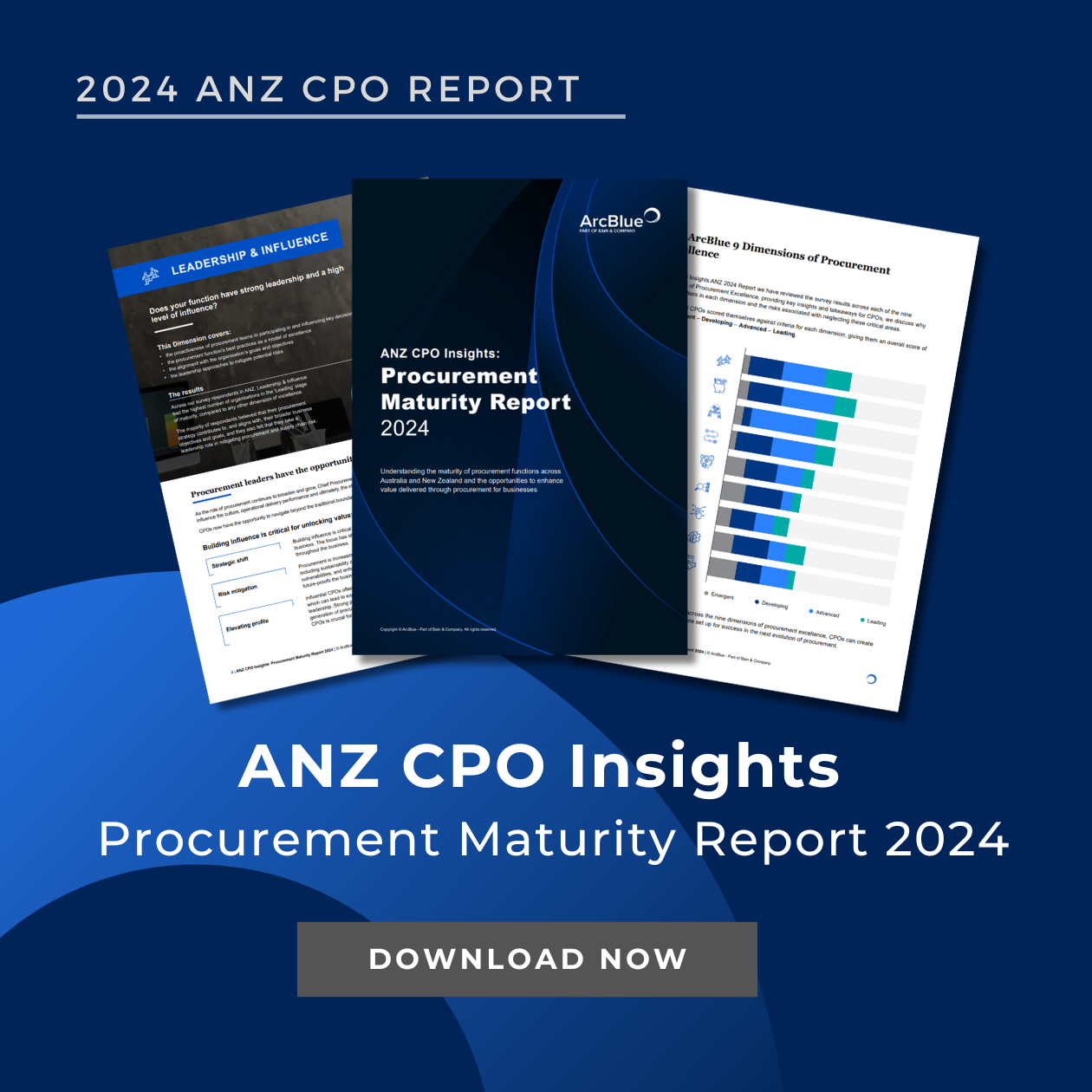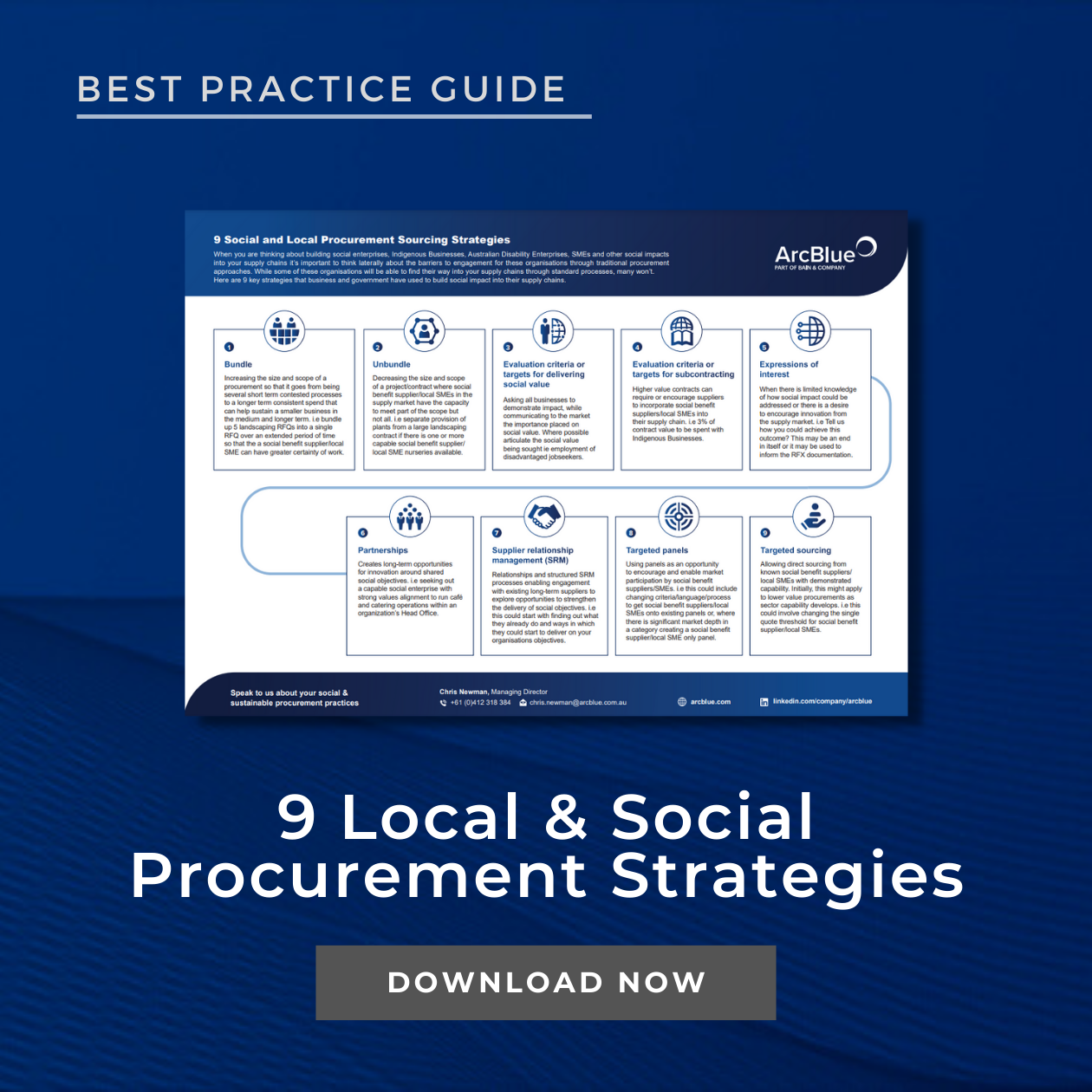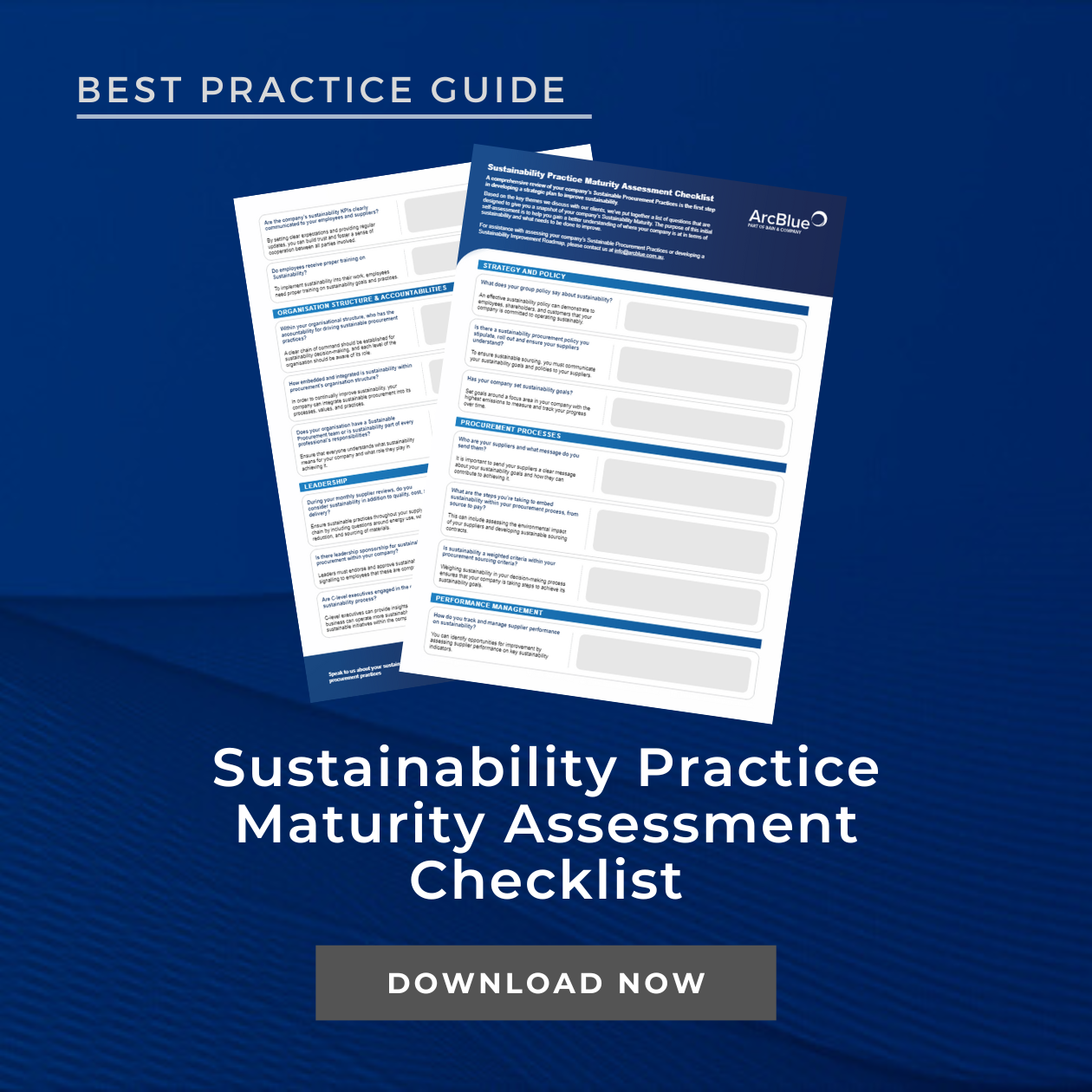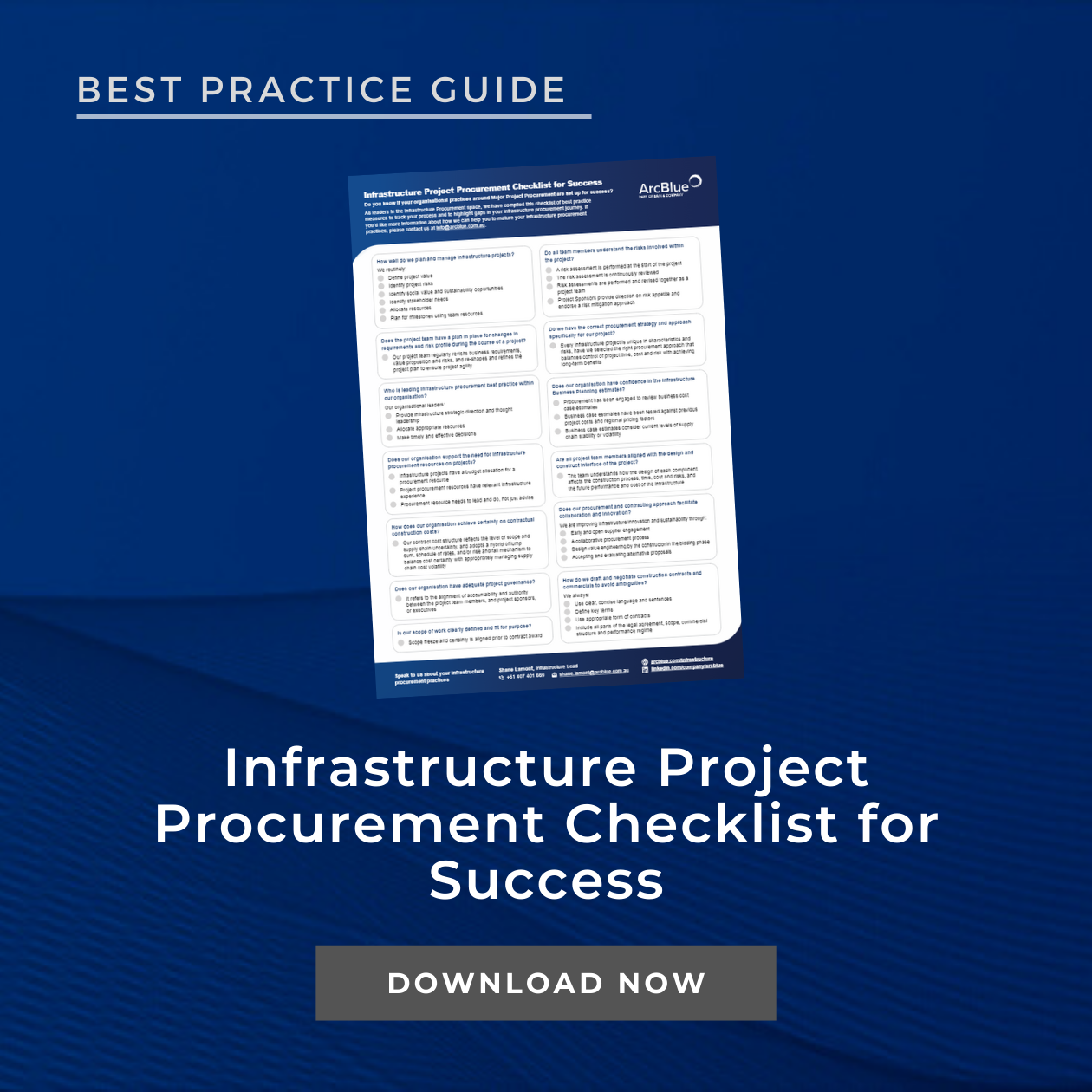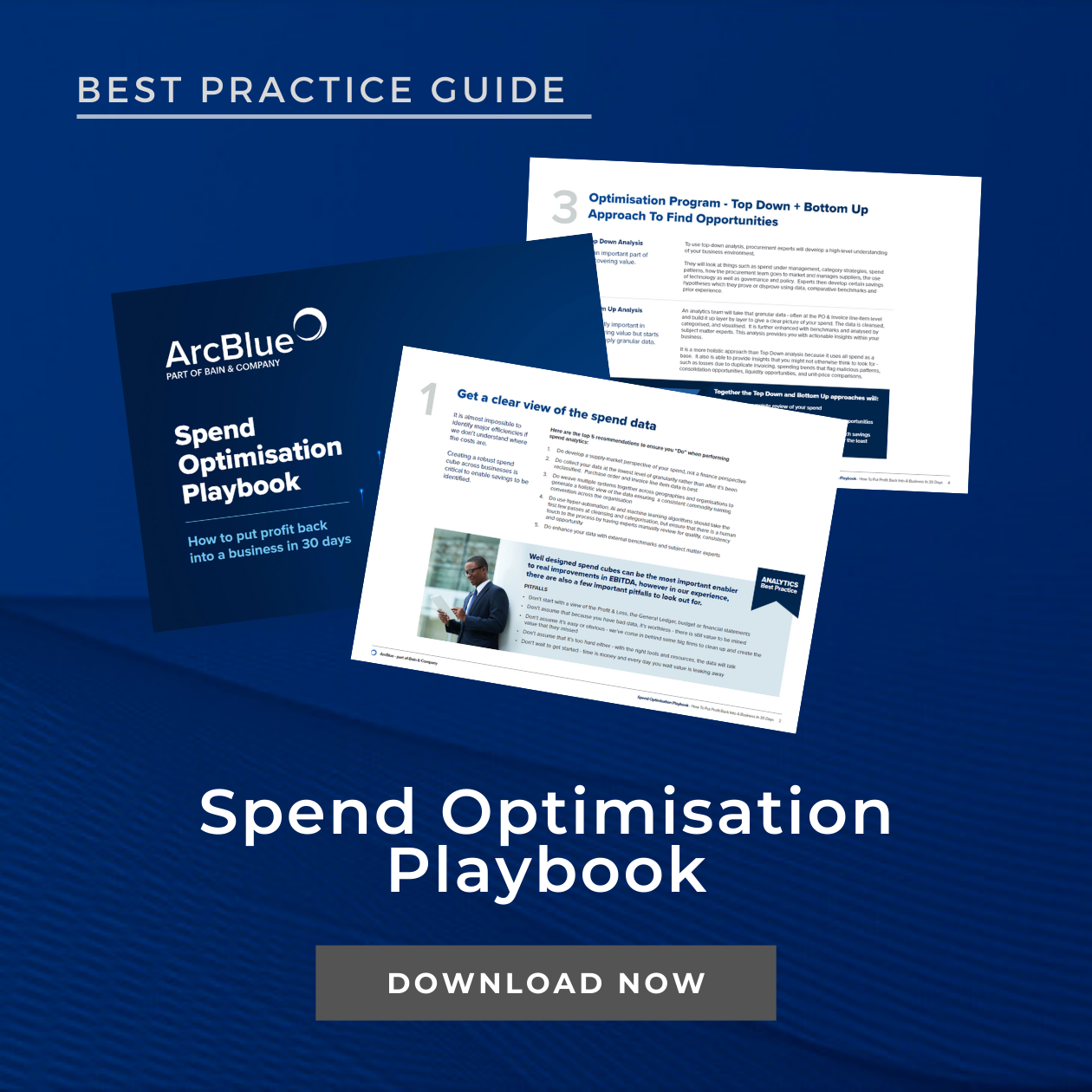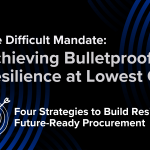- ARTICLE
Working Capital
The Overlooked Opportunity for Procurement
June 2025
In today’s unpredictable business environment, cash flow is more than just a finance concern—it’s a strategic priority. As procurement professionals, we’re increasingly being asked to contribute to working capital improvements, and for good reason.
Working capital isn’t just about payment terms; it’s about how we manage the cash tied up in our supply chains, contracts, and inventory. And in our experience, it’s often an area where procurement can make a real, measurable impact.
Working capital is the difference between a company’s current assets and current liabilities. It’s a measure of liquidity, and it tells us whether a business can meet its short-term obligations. In practice, managing working capital is more than just a formula—it’s the pulse of daily business operations.
We’ve seen firsthand how pressures remain invisible until they escalate into urgent challenges. Excess inventory, premature supplier payments, and inefficient workflows often signal underlying strains, yet they frequently go unrecognised. This is where procurement can play a pivotal role—anticipating risks, optimising cash flow, and transforming these hidden pressures into strategic advantages.
Why Procurement’s Role Is Critical
Traditionally, Working Capital has been viewed as Finance’s domain. But procurement is uniquely positioned to influence it – operating at the frontline of supplier relationships, contract negotiations and purchasing behaviors. This vantage point gives us both the opportunity and the responsibility to drive better outcomes.
CFOs are recognising this and asking procurement to step up—not just by reassessing payment terms, but by scrutinising operational fundamentals. They’re walking into warehouses, asking, “What’s going on with our inventory?” And they’re right to ask. Inventory remains one of the biggest untapped levers for Working Capital improvement—hidden inefficiencies waiting to be converted into financial agility.
The Visibility Gap
One of the most common challenges we see is a lack of visibility. Many organisations simply don’t have a clear picture of their Working Capital performance.
The gap between policy and practice is wider than expected. Contracts may dictate 30-day terms, yet suppliers are paid in seven, accelerating cash outflows unnecessarily. Conversely, late payments erode supplier trust and introduce hidden costs.
This misalignment is more common than many realise, and it underscores a pressing need for better data, streamlined processes, and a stronger partnership between procurement and finance. When visibility improves, so does control—and ultimately, financial resilience.
Inventory: The Overlooked Opportunity
Inventory is another area where procurement can make a big difference. Expertise in inventory management is often limited outside of supply chain teams leaving critical concepts such as ‘FIFO’, ‘stock turns’, and ‘slow-moving inventory’ under appreciated. But they matter—a lot.
In our experience, most organisations holding inventory have untapped opportunities to improve. Whether it’s excess stock, poor forecasting, or disconnected systems, the result is the same: cash tied up unnecessarily. Procurement can make a real difference by asking the right questions, challenging assumptions, and working collaboratively to unlock smarter, more agile solutions.
Procurements role in unlocking Working Capital wins
In our work with clients across industries, we’ve seen firsthand how procurement can play a pivotal role in improving Working Capital—but it’s rarely a silver bullet. Success comes from understanding the business context, asking the right questions, and applying a mix of practical levers in a way that are tailored towards the needs of the organisation.
On the other hand, delayed payments have not only strained supplier relationships but also driven hidden costs into future contracts. Striking the right balance—between protecting cash flow and maintaining supplier health—is where procurement truly adds value.
We’ve also seen the impact of inventory mismanagement. In one engagement, a client had millions tied up in slow-moving stock simply because no one had questioned the assumptions behind their safety buffers. By improving visibility and collaborating with supply chain teams, we helped them unlock significant value without compromising service levels.
And then there’s the power of simplification. Optimising buying channels, digitising payment processes, and aligning contract terms with system capabilities may not sound transformational, but these changes often deliver some of the most sustainable improvements to working capital. When procurement brings a customer-focused lens to internal processes—thinking about how things work in practice, not just on paper—it becomes a true enabler of business performance.
Key Takeaways
Working Capital is no longer just a Finance issue—it’s a business-wide imperative.
Procurement professionals are uniquely positioned and have a critical role to play in improving cash flow, reducing risk, and driving enterprise value. By taking a more strategic, data-driven, and collaborative approach, procurement can help organisations become more agile, resilient, and primed for growth.
At ArcBlue, we’ve seen firsthand how procurement can unlock significant value through Working Capital improvements. If you’re ready to enhance your organisation’s financial flexibility or explore smarter ways to optimise spend, we’d love to help you take the next step.
INSIGHTS
RESOURCES & DOWNLOADS






